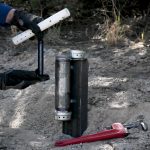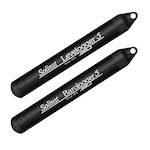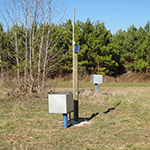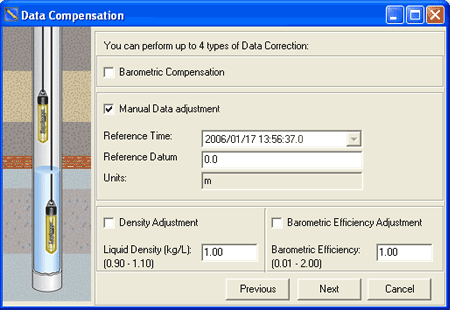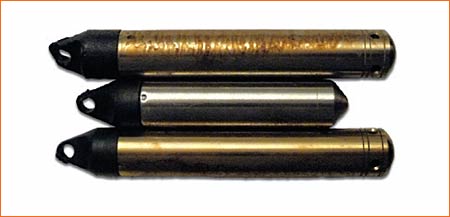Kootenay Watershed Science – Building Knowledge To Ensure Climate Change Readiness
Detailed water monitoring and planning are required to ensure that communities relying on surface water resources are protected from future climate change impacts. Significant weather and hydrologic events in the north Kootenay Lake area of British Columbia, Canada spurred citizens in the region to start taking an active role in preparing for a changing climate… Continue Reading »


